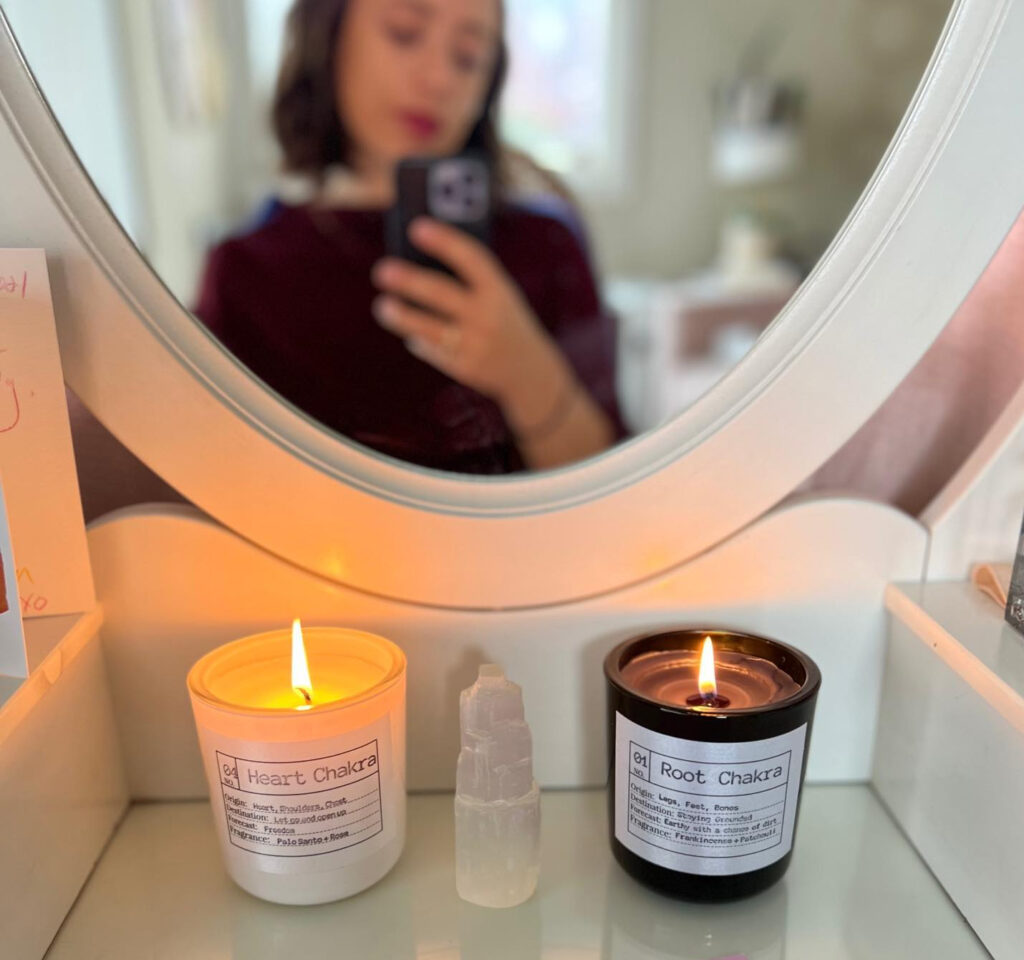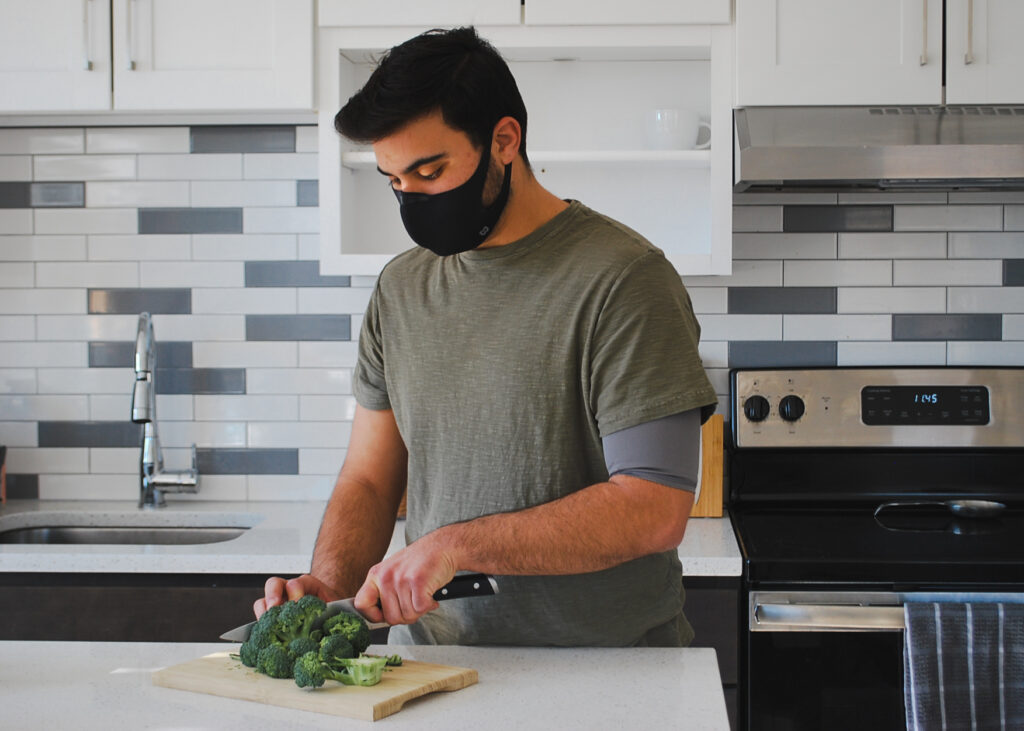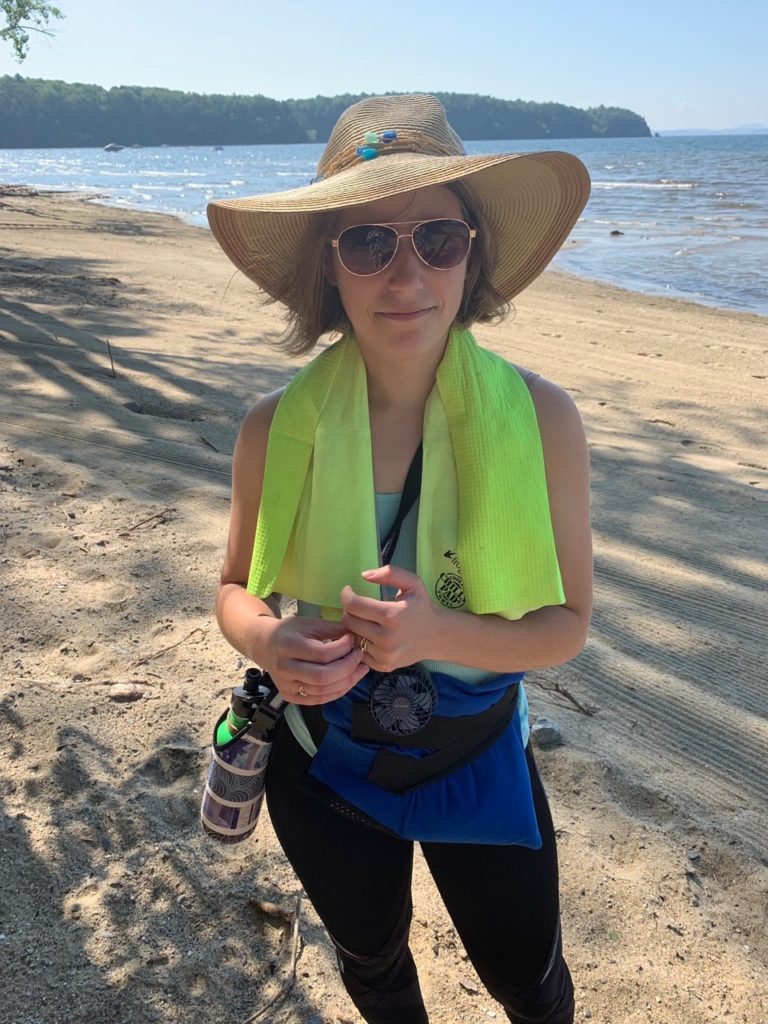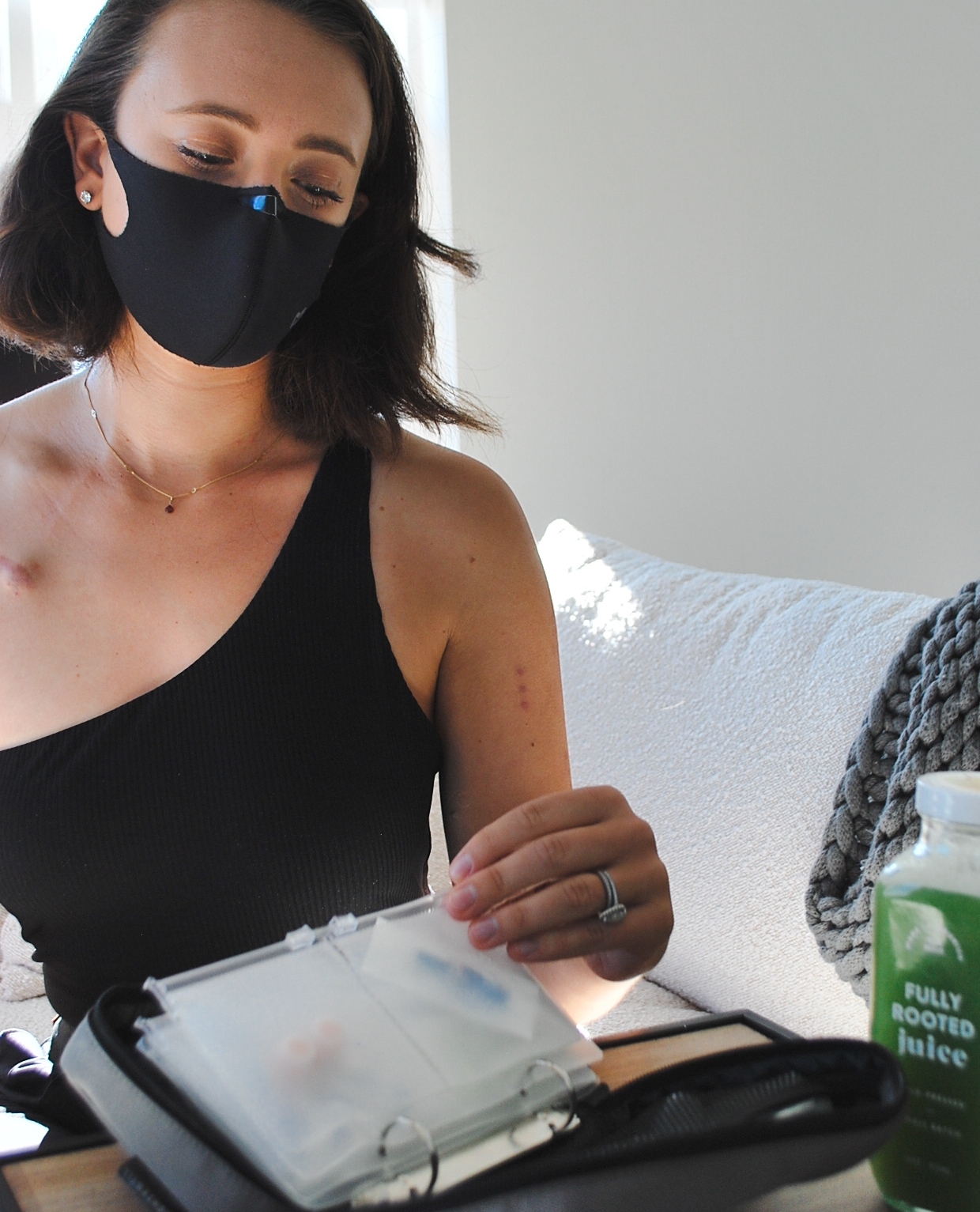My side project during this pandemic has been developing an app to help people with chronic illnesses make sense of their symptoms. In the app, you can track your symptoms, triggers, and treatments. One question I kept coming back to – what counts as a “treatment”?
I think we typically limit our understanding of treatments to medications. But when I think back to my own healing, medications have actually been a very small part of the picture. Sure, I take a couple of pills every day, as well as various supplements, and have a stash of “as needed” medications for flares. What keeps me going strong day-to-day, though, is a whole network of other treatments.

therapies
The first category I think of is therapies, the actions and practices that help me reset. These are the maintenance necessary to offset the negative impacts on my health that come with everyday life. Working with a therapist helps me process – and then clear away – the stress, fear, and grief of being sick in a fast-paced world. Physical therapy helps my body stay strong enough to handle daily tasks without injury, and helps reset my joints when they do get injured. Other helpful practices could be meditation, breathwork, hypnotherapy, acupuncture, reiki… even spiritual practices, morning coffee rituals, and gratitude journaling can be a kind of therapy if used as a habitual practice.

nutrition
I think we underestimate how important nourishment is for our healing. This is partly making sure we get enough vitamins and minerals, but it goes even deeper than that. Many medications we use come from natural properties in plants, so learning more about which plants provide healing for specific illnesses can be an interesting way to add an extra boost to our bodies. For example, turmeric can be helpful for easing inflammation. Foods high in DAO are powerful antihistamines. They can help with mast cell disorders, histamine intolerance, headaches, digestive problems, and overall allergies. They also often happen to be the same foods high in antioxidants and immune-boosting vitamins. Eating fresh nutritious food can be expensive and time-consuming, but when possible, it can be a lovely way to connect with your body’s natural healing capacity.

trigger-avoidance
This one was particularly important for my healing journey but varies from person to person. Triggers are anything that sets off your illness. This could be stress, low blood sugar, food intolerances, exercise (or lack thereof), or environmental factors such as heat or pollen. Identifying your triggers can be a long and difficult process, but can be incredibly helpful information. For example, my biggest triggers include low blood sugar, low blood pressure, heat, sun, socializing, and over-exertion. So treatments for me might mean always having snacks on hand in case I feel my blood sugar drop or adding tons of salt into my food to keep my blood pressure up. Sun hats and parasols go a long way in avoiding sun. An ice pack, spray bottle, and fan are my treatments for heat. Socializing is a tricky one – I have to balance my need for connection, so I try to communicate with friends what types of socializing will be less taxing on my body. When exercising, I frequently check in with my body and if I feel early signs of exhaustion or hot flashing, I stop immediately to avoid over-exertion.
These may not be what we typically define as “treatments,” but they do an incredible job of avoiding flares.
pacing
Similarly, pacing is the new buzzword I hear cropping up in medical conferences recently. Perhaps this is a quarantine discovery, but it turns out that patients do best when we don’t take on more than we can handle! This is obviously not always possible, but planning out a week or a day to make sure not all of the taxing activities are bunched together can give our bodies the rest it needs to reset. Pacing is especially crucial for anyone with post-exertional malaise (PEM), the primary symptom of ME/CFS. It can be helpful for most conditions, however.
Interested in learning more? Check out MEAction’s pacing guide, or the Session 5 talk from last year’s Ehlers-Danlos Society’s virtual conference.

self care
Finally, anything else that falls into self care that truly heals your body could be considered a treatment. Exercise is often touted as a cure-all, and while this view can be problematic, having some form of movement in each day can go a long way towards improved mental health, cardiovascular health, musculoskeletal health, etc. Getting outdoors and into nature can also decrease cortisol levels, thus improving our mental and physical health. Finding social connections, community, and the passion or joy of hobbies may be understated in their healing capability. And anything that helps our bodies to fight acute illness, such as hygiene and getting enough sleep, is just as much a treatment as taking Vitamin C.
Perhaps this more holistic view of treatments can help us to value our actions differently. If we make time for doctor visits and always take our meds on time, can we also make time for getting outside or meditating for five minutes? Could we make an even bigger impact on our health by cutting out some of the triggers in our life? And when we do find something that helps our bodies and minds to feel peace, I hope we can convince ourselves and our society that those treatments are just as valid as the ones written on a prescription.

